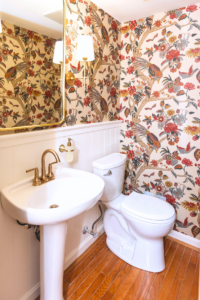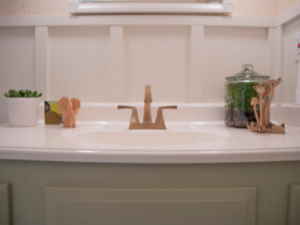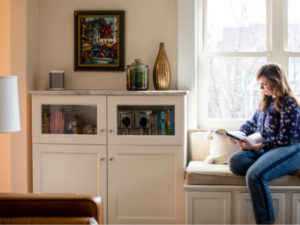What Does Your Enneagram Type Say About Your Interior Design Style?
January 18, 2021
As a clinical researcher turned interior designer based in Cincinnati, Ohio, I’ve always operated within the world of psychology. I keep every ounce of knowledge of the human experience close to my heart as I craft spaces for my clients. My goal is to create a space that is uniquely tailored to the personality of the clients I work with – one that fits them like a glove. One way to accomplish this is through the Enneagram personality test.
The Enneagram is a personality structure that is broken into nine unique personality types. Personality quizzes do more than tell us who we are; they also allow the people we interact with to understand us more thoroughly.
We’ve taken the time to break down each Enneagram to determine their unique interior design style. Scroll down to find yours!
Type 1: The Reformer
The Rational, Idealistic Type: Principled, Purposeful, Self-Controlled, and Perfectionistic
The Reformer personality type values a space that offers balance and harmony. To achieve this, Type 1’s should create a space with clean lines and neutral, peaceful colors. The pieces included in a Type 1 space should be purposeful and include various storage options, so they can keep their house tidy and minimal. Symmetry, whether subconsciously or not, will allow The Reformer to relax in their space and stay on task while they complete their daily routine.
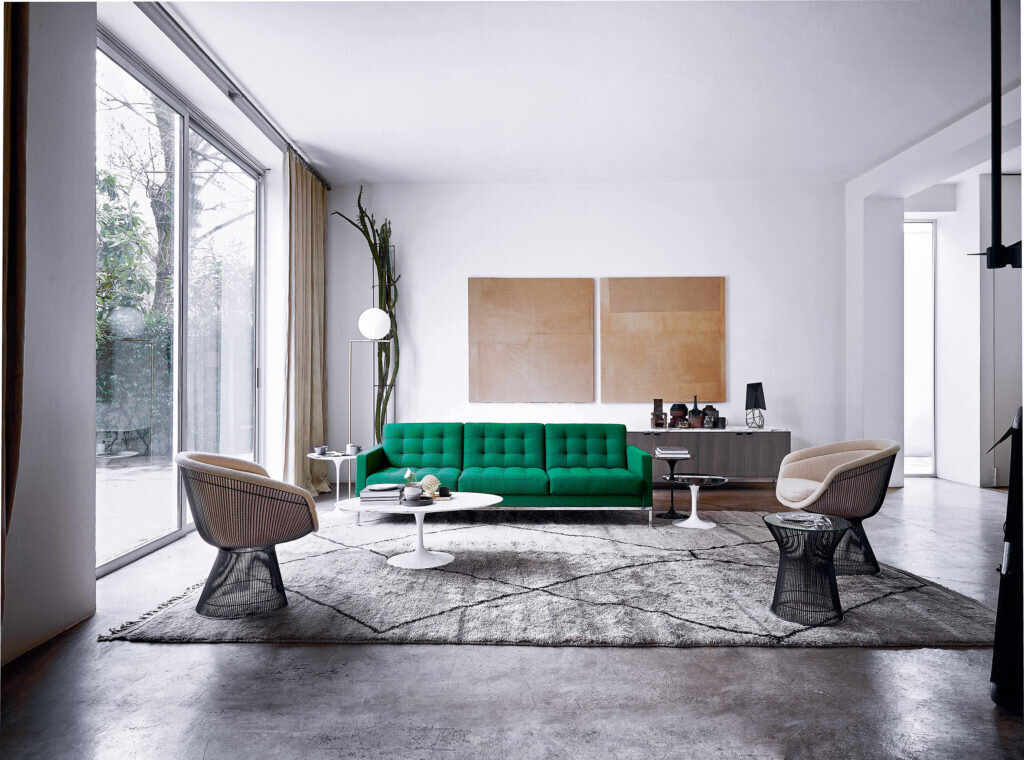
Source: Beaux-Arts Group
Type 2: The Helper
The Caring, Interpersonal Type: Demonstrative, Generous, People-Pleasing, and Possessive
The purpose of The Helper’s space should be to entertain. However, do not underestimate the determination of Type 2’s to appear welcoming and comforting for their guests. This type strays from pieces and color palettes that are too adventurous so their home can appeal to a wide variety of people. The Helper hopes that every guest to walk through their space will feel at home.
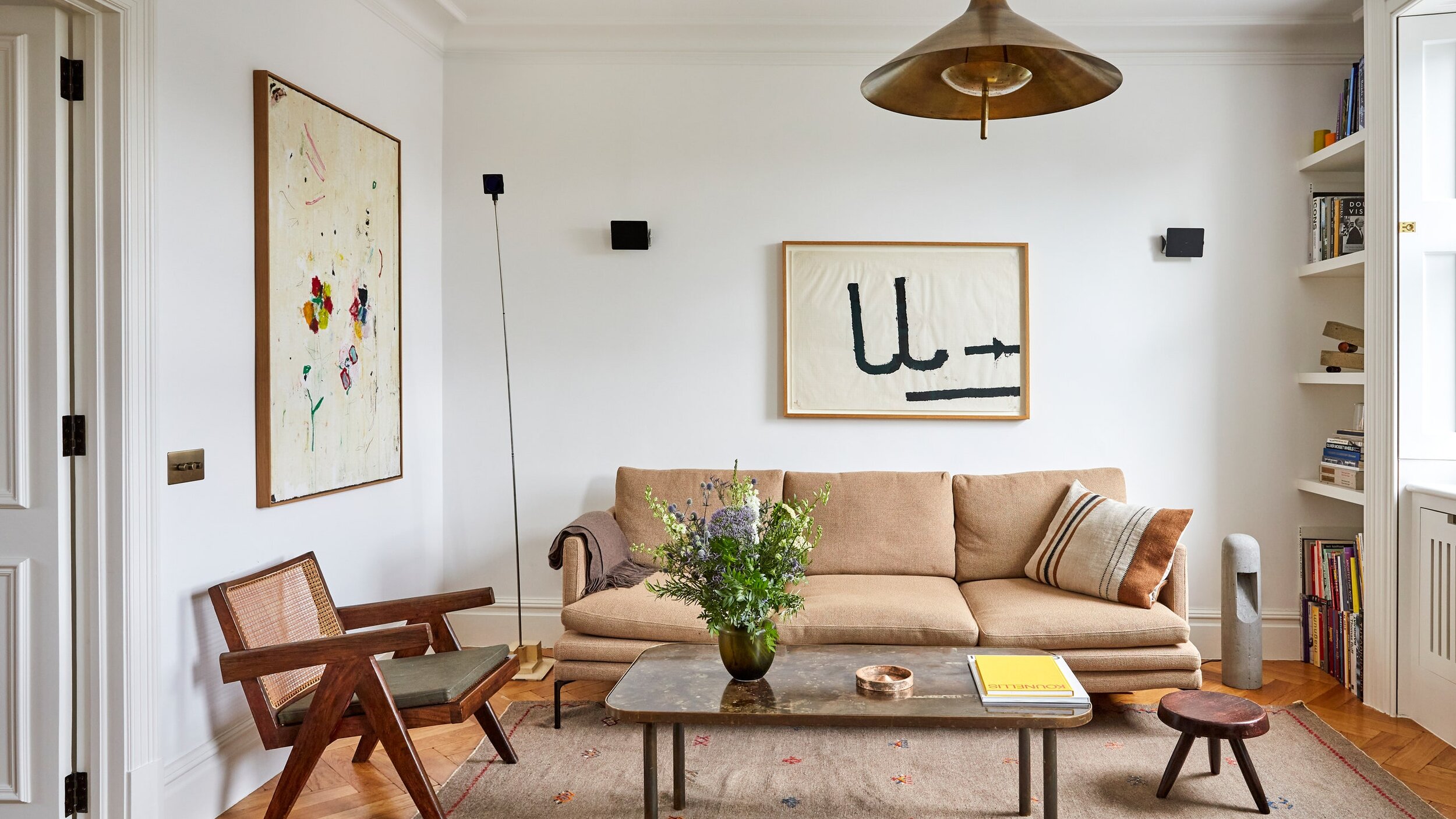
Source: architecturaldigest.com
Type 3: The Achiever
The Success-Oriented, Pragmatic Type: Adaptive, Excelling, Driven, Image-Conscious
The Achiever, in all things (including interior design), wants the appearance of success alongside their actual success. But a Type 3’s space should still be functional so they can perform their work and personal crafts to the best of their ability. Their space should be logical in layout and practical, yet have a taste of adventure in the pieces they select.
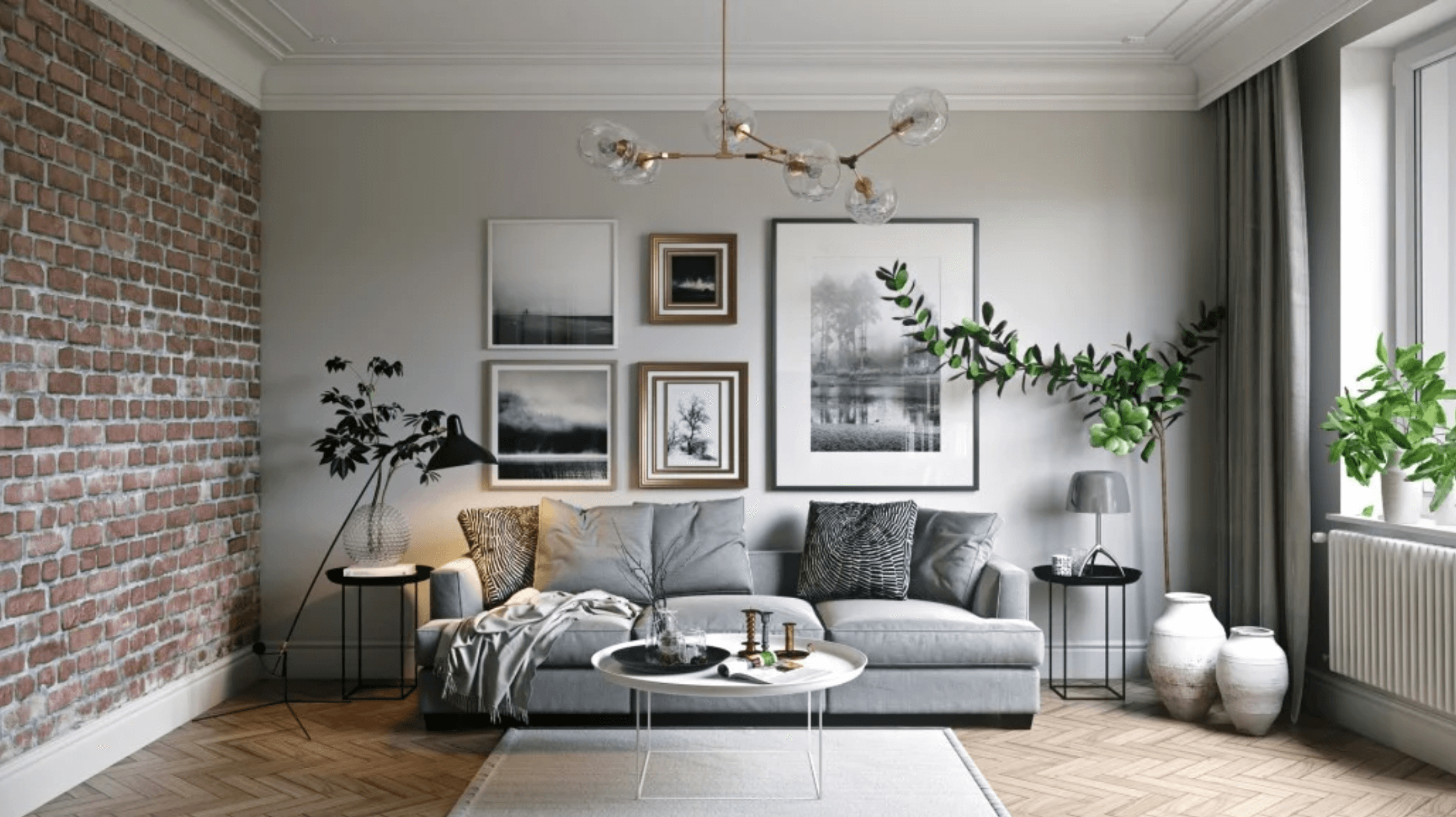
Source: Decorilla
Type 4: The Individualist
The Sensitive, Withdrawn Type: Expressive, Dramatic, Self-Absorbed, Temperamental
In order to flourish in their space, The Individualist should center their design around uniqueness and making a statement. As an expressive personality type, Type 4’s love to make a statement with their style, even if they refrain from this kind of behavior out in the public world. The space should be a direct reflection of who they are, not whatever fad everyone else is following. When designing a space for a Type 4, try to include interesting pieces of art and bright colors with unique patterns.
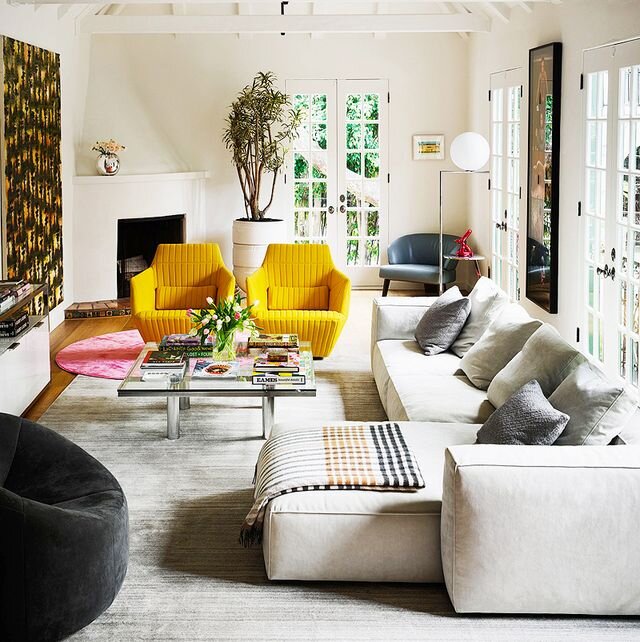
Source: House Beautiful
Type 5: The Investigator
The Intense, Cerebral Type: Perceptive, Innovative, Secretive, and Isolated
The Investigator’s space should be a safe space to collect their thoughts and reflections of the day. Therefore, a Type 5 should make their space as cozy as possible. However, their innovative nature will only thrive if their home design includes iconic pieces that allow their personality to shine (for themselves, not for their guests). Neutral tones and natural materials, such as leather, wood and metal, will complement the isolated nature of the Type 5.
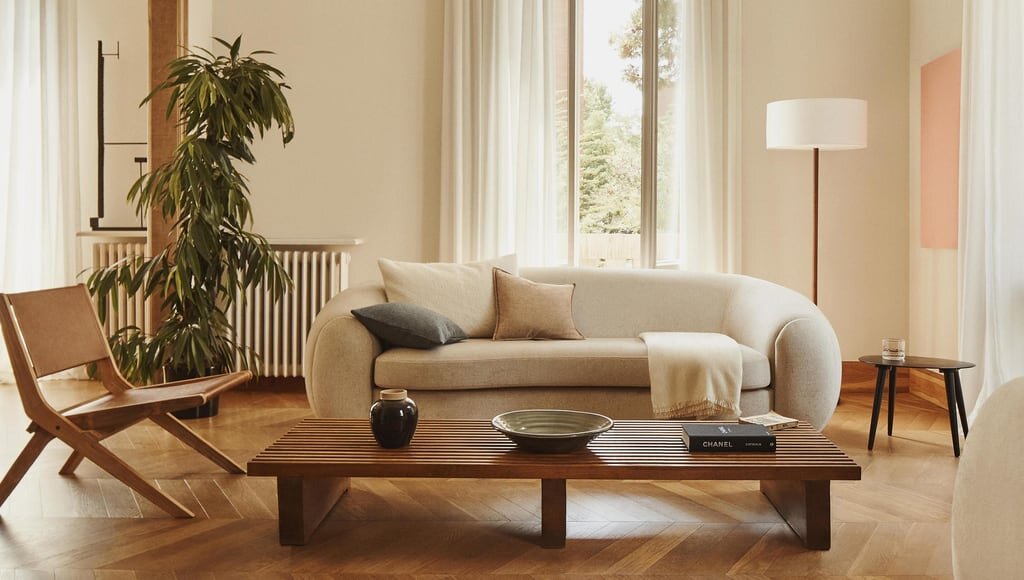
Source: Decoist
Type 6: The Loyalist
The Committed, Security-Oriented Type: Engaging, Responsible, Anxious, and Suspicious
The Loyalist’s space should exude security and comfort. Traditional styles, which aren’t too dangerous or daring, are best suited for the Type 6. True craftsmanship and handmade materials will bring out their honest and authentic selves when entertaining guests. When selecting pieces and color palettes for this type, stick to warm, soothing tones and pieces that put comfort first.
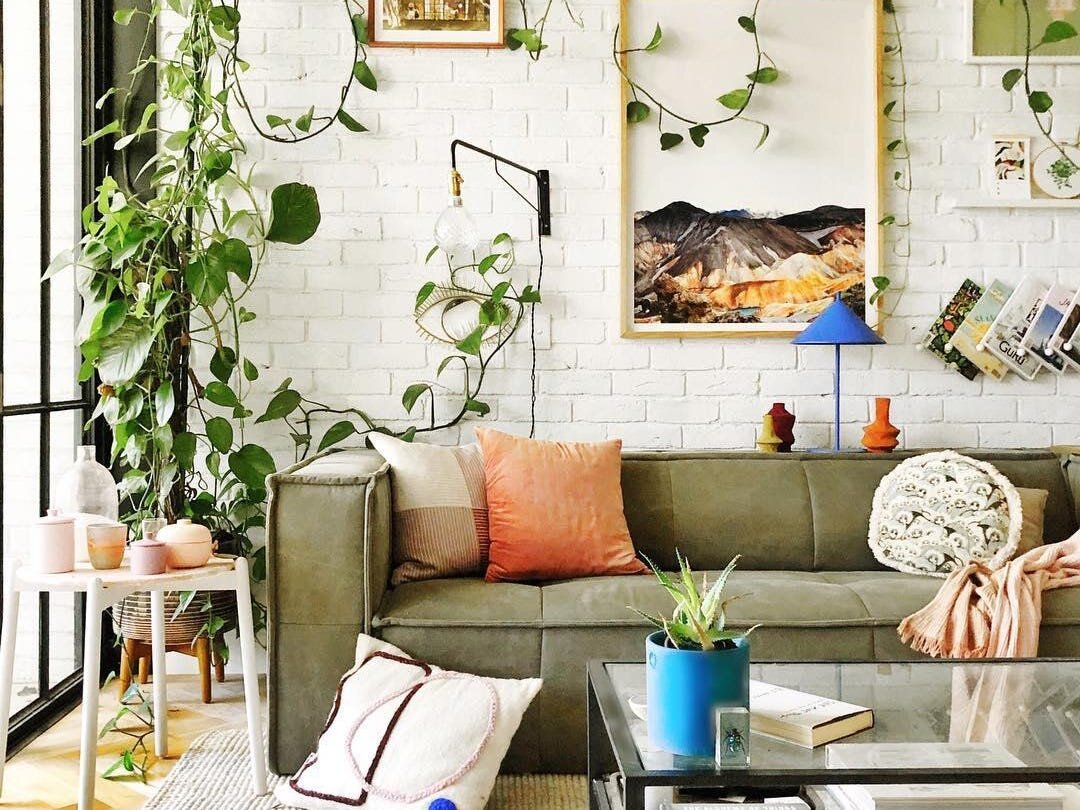
Source: Pottery Barn
Type 7: The Enthusiast
The Busy, Fun-Loving Type: Spontaneous, Versatile, Distractible, and Scattered
The Enthusiast loves to have fun, so a space that reflects their zeal for life and boldness is perfect for this type. The color palette and styling choices for a Type 7 should be courageous in nature while including a touch of Minimalist Maximalist design. Using black and white pieces that contrast with pops of vibrant colors while satisfying the Type 7’s need for spontaneity. However, keep the layout and furniture simplistic to help this type stay focused and on-task.
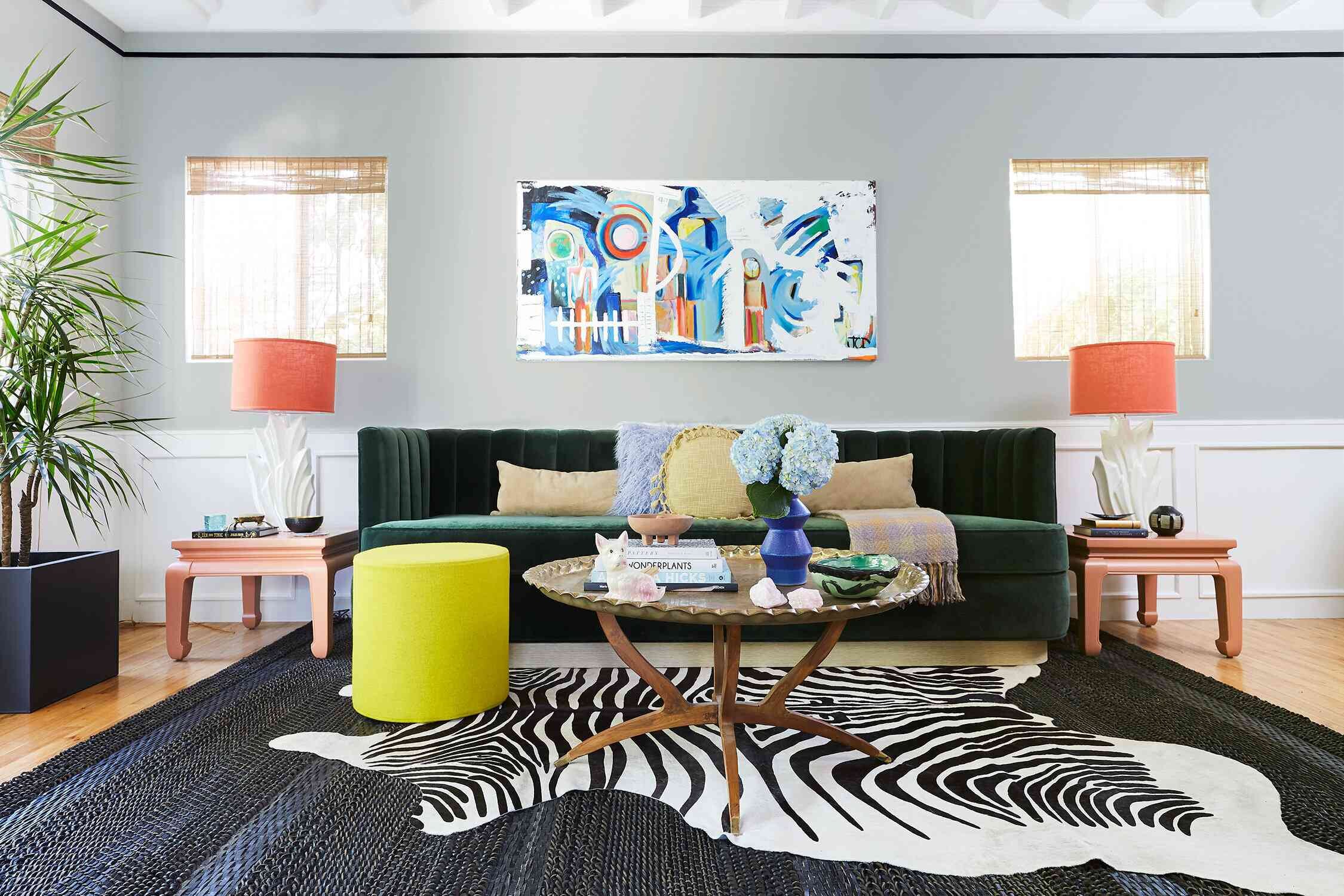
Source: Black Lacquer Design
Type 8: The Challenger
The Powerful, Dominating Type: Self-Confident, Decisive, Willful, and Confrontational
For a type that prides itself on being confident in who they are, The Challenger’s space should reflect this facet of their personality. The Type 8 personality should choose furniture and color palettes that show their decisive nature and assuredness while remaining on-trend. Using elegant combinations of gold metals and lush textures allow the Type 8 to appear confident in their choices while adding a hint of subtle drama.
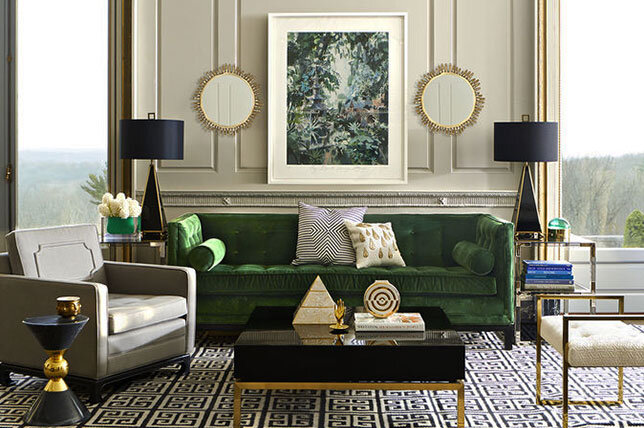
Source: Décor Aid
Type 9: The Peacemaker
The Easygoing, Self-Effacing Type: Receptive, Reassuring, and Agreeable
The Peacemaker seeks to create a space that is welcoming and safe for any type of guest they host. Any trend too intense or bold may not suit the Type 9’s style. Serene colors and mid-century transitional design styles will create a space that is both calming and reassuring. Much like The Helper, Type 9’s hope that their home acts as a home to others as they make their way through the world.
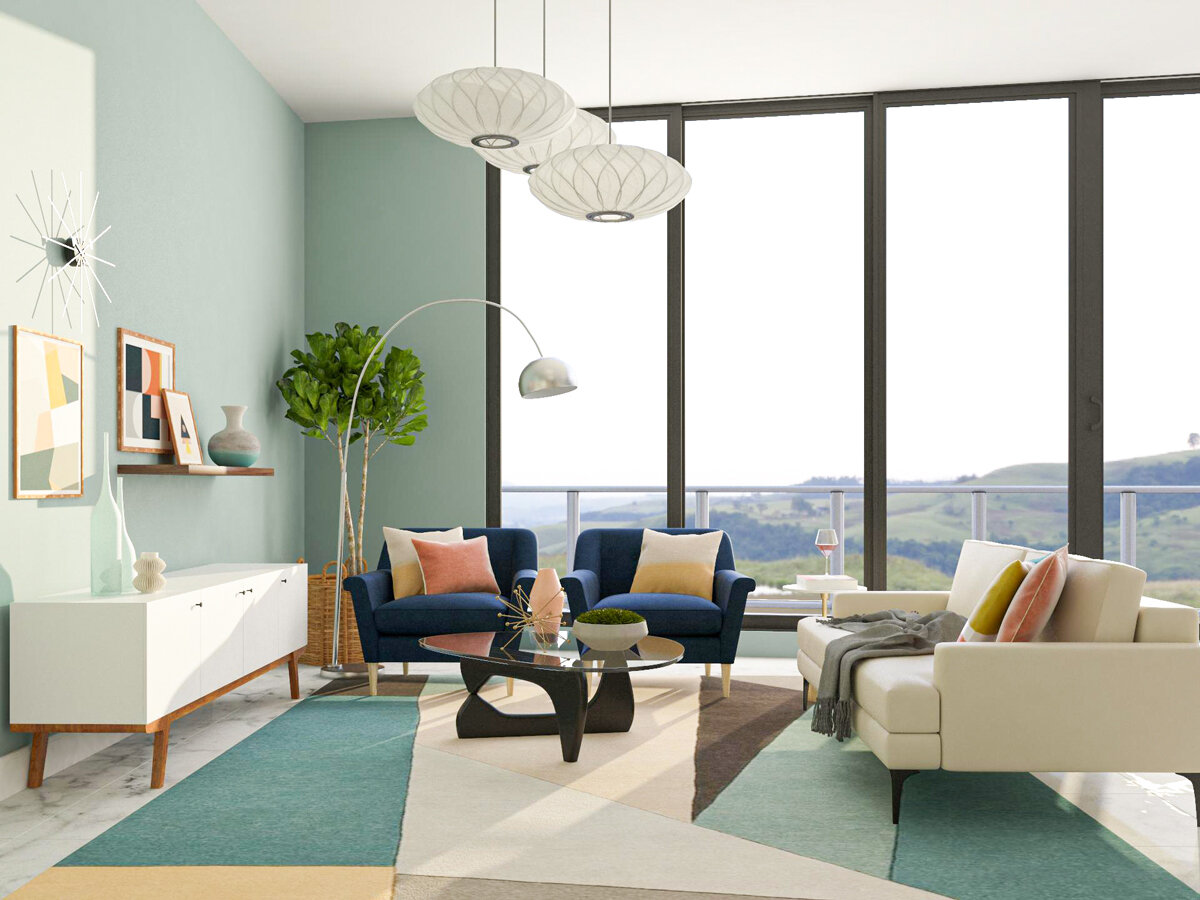
Source: Modsy
Enneagrams are My New Best Friends!
Interior design isn’t the only industry to benefit from the valuable information the Enneagram test provides. As my work evolves, I continue to incorporate new knowledge of the human experience and our unique personalities, including what I’ve gathered about the nine Types.
Keep in mind: Personalities are so complex and cannot be nailed down to one style. If you saw multiple spaces you felt connected to, that makes complete sense! The Enneagram test, however, can tell us more about the kind of design that will help you flourish as your unique self.
Not sure what your Enneagram type is? Take the test here, and come back to compare!
